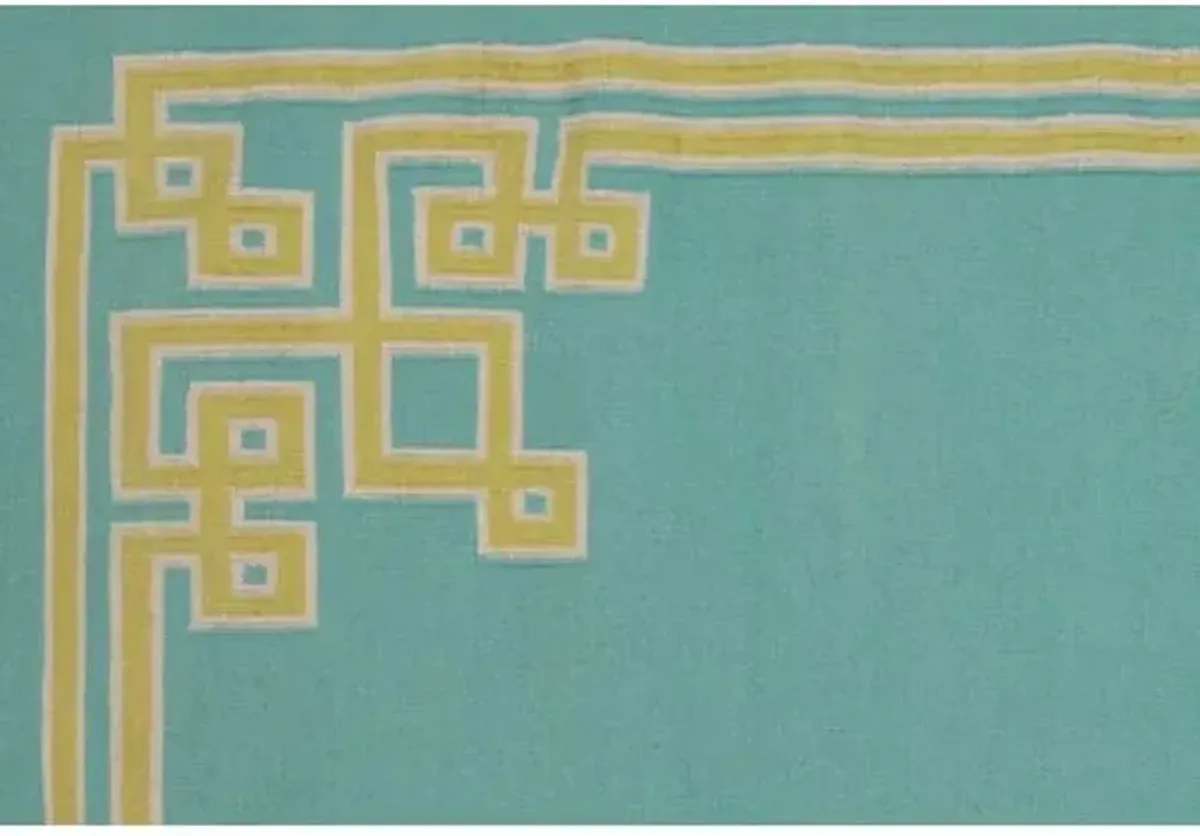You're on the list
By signing up, you agree to receive email marketing.






























































































































Be sure to consider the color of your existing furniture when selecting a rug color.
Start by identifying colors that complement your existing furniture and walls. Neutral rugs will blend seamlessly with many colors. For instance, you could pair a cream, light gray, or white rug with dark furniture or walls for a striking contrast.
Alternatively, a bold patterned rug can add visual interest to a room. Match one of the dominant colors in the rug to the color of your furniture for a cohesive look. If you have a blue sofa, look for a patterned rug with blue hues.
Many colors complement a blue rug, including contrasting colors and neutrals.
Pair your blue rug with warm hues like orange, red, and yellow to create a memorable contrast. These colors add richness and vibrancy to blue, making your rug stand out.
Many neutrals also complement a blue rug. Combine blue with beige, gray, or white for an elegant and relaxed look. Alternatively, you can pair blue with black or navy for a dark, moody ambiance.
Additionally, rich jewel tones work well with a blue rug. Pair amethyst or emerald green with a navy or royal blue rug for a bold and sophisticated look.
The average cost of a quality rug ranges from $400 to $5,000 and higher. However, several factors can affect the price of a rug, such as the size and material.
Size is one of the most significant factors. The cost of a small 3’ x 5’ rug starts at $100. Meanwhile, 8’ x 10’ area rugs typically start around $400.
The material of the rug also affects the cost. Synthetic rugs made from nylon, polyester, and propylene are the most affordable. By contrast, rugs made from natural fibers like cotton, silk, and fine wool tend to have higher price tags.
You're on the list
By signing up, you agree to receive email marketing.